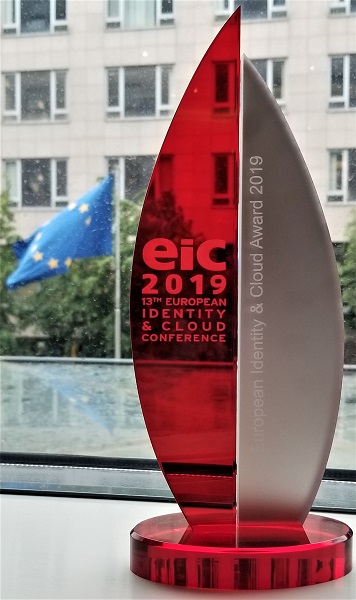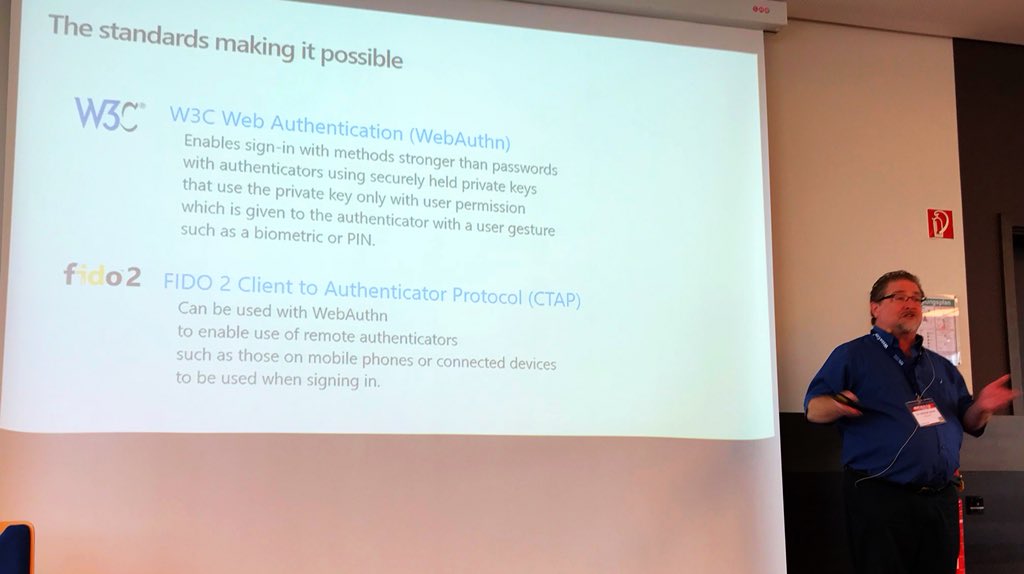 I’m thrilled to report that the Web Authentication (WebAuthn) specification is now a W3C standard! See the W3C press release describing this major advance in Web security and convenience, which enables logging in without passwords. Alex Simons, Microsoft Vice President of Identity Program Management is quoted in the release, saying:
I’m thrilled to report that the Web Authentication (WebAuthn) specification is now a W3C standard! See the W3C press release describing this major advance in Web security and convenience, which enables logging in without passwords. Alex Simons, Microsoft Vice President of Identity Program Management is quoted in the release, saying:
“Our work with W3C and FIDO Alliance, and contributions to FIDO2 standards have been a critical piece of Microsoft’s commitment to a world without passwords, which started in 2015. Today, Windows 10 with Microsoft Edge fully supports the WebAuthn standard and millions of users can log in to their Microsoft account without using a password.”
The release also describes commitments to the standard by Google, Mozilla, and Apple, among others. Thanks to all who worked on the standard and who built implementations as we developed the standard — ensuring that that the standard can be used for a broad set of use cases, including password-less sign-in with platform authenticators, mobile devices, and security keys.
 The “COSE and JOSE Registrations for WebAuthn Algorithms” specification has been updated to add explanatory comments on design decisions made that were discussed on the mailing list that Jim Schaad requested be added to the draft.
The “COSE and JOSE Registrations for WebAuthn Algorithms” specification has been updated to add explanatory comments on design decisions made that were discussed on the mailing list that Jim Schaad requested be added to the draft.






